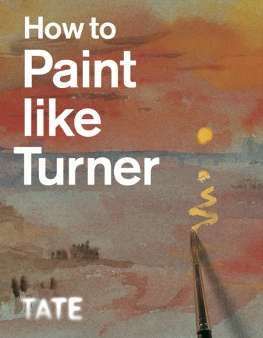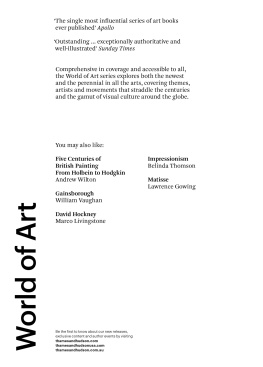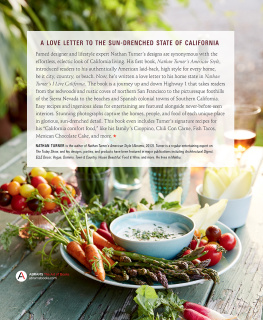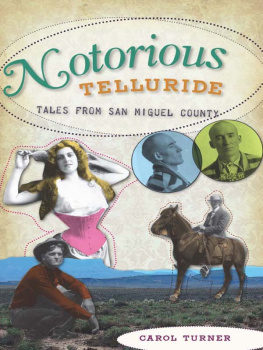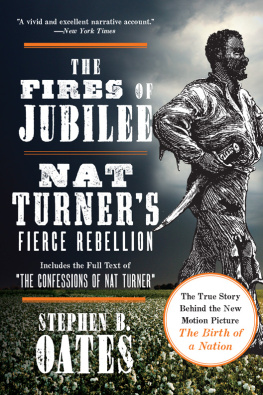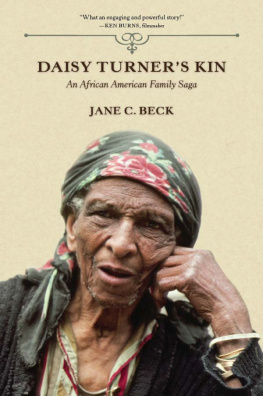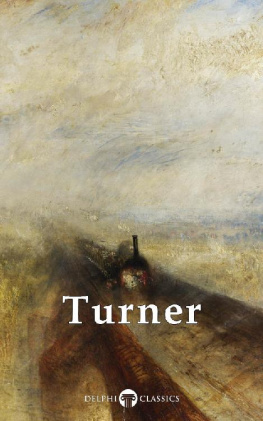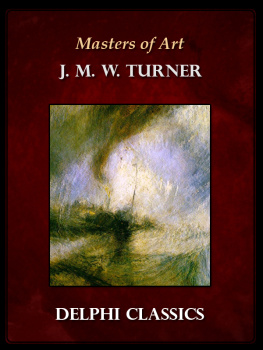How to Paint like Turner
Edited by Nicola Moorby and Ian Warrell
With artists Mike Chaplin and Tony Smibert
Tate Publishing
Contents
Copy first the works of God, and then the works of Turner.
Edward Lear
Foreword

J.M.W. Turner
The Blue Rigi, Sunrise 1842
Watercolour on paper
29.7 x 45
Tate
Recently, at the adult education art group that I regularly attend, it was suggested by the teacher that for the following week we should find reference material with the view to creating our own abstract painting. Being a watercolour artist with an eye for detail, abstraction is not my preferred form of painting. However, my great-great-uncle, J.M.W. Turner, came to my rescue. I have always found you can learn so much from studying his work and on this occasion I decided to create my own version of one of my favourite pictures, The Blue Rigi, Sunrise. I know Lake Lucerne in Switzerland well and have seen for myself the magic of the colours and moods of the Rigi Mountain beside the lake. With the aid of a postcard reproduction, I set to work. Although my first point of inspiration was Turners famous watercolour, I was not making a strict copy. Instead, I used my own photographs to create a strong composition with the mountain at the centre. The colours were based upon my imagination and memory. However, I studied Turners distinctive method of applying paint carefully and used a similar technique to create soft, abstracted forms. The addition of a boat and some birds in the foreground provided a final Turneresque detail.
When my art master came to view my work, his comment was you cant go wrong when you take a lesson from the Old Masters. Studying the works of Turner is a great way to learn and develop. I hope this book helps you to find the same rewards and sense of personal achievement.
Rosalind Mallord Turner
Getting to Know Turner
Introduction

J.M.W. Turner
Self-Portrait c.1799
Oil on canvas
74.3 x 58.4
Tate
Probably painted on the occasion of his election as an Associate of the Royal Academy in 1799, Turners only adult self-portrait shows a well-dressed young man with an intense, self-assured gaze.
J.M.W. Turner (17751851) is one of the giants of art history. Unquestionably one of the greatest painters of landscape the world has ever seen, his work bridges the gap between the classical perfection of the Old Masters and the progressive movements of the modern era such as Impressionism and Abstract Expressionism. Although his name has become synonymous with the use of dazzling colour, experimental form and daring conceptual innovation, his professional life encompassed an astonishing breadth of activity, exploring themes from history, classical mythology, literature and contemporary events, all of which he explored through his chosen genre of landscape. Above all, he is celebrated for his creative approach to the problem that dominated his lifes work, the effective depiction of light.
Turner was a most versatile practitioner, proficient in drawing, painting and printmaking. He was as comfortable producing tiny book illustrations as large exhibition canvases, and it was this diverse range of skills, combined with his prodigious talent and boundless ambition, which formed the basis for his phenomenal success as an artist. What really set him apart from other artists, however, was his original and inventive approach to technique. Turners methods were unique. He refused to be restricted by conventional working practices and instead followed the dictates of his imagination. As his friend, the artist and diarist Joseph Farington, put it, he had no systematic process when painting, but constantly varied his tactics until he reached a solution that expresses in some degree the idea in his mind. This technical ingenuity was evident in his use of oil paint, particularly his willingness to try new products, and the unorthodox way in which he manipulated and applied pigment. However, his most progressive achievements were developed and sustained in his watercolour paintings, in which he not only forged new systems of painting, but actually transformed the very appearance and status of the medium itself. More than any other artist, he mastered a synthesis between its intrinsic characteristics and the effects that it could achieve, and this led the way in establishing watercolour as an autonomous, expressive art form. His paintings are revered as the pinnacle of accomplishment within the field, and continue to represent the standard against which watercolour artists are measured today.
About this book
According to Turner himself, the only secret to his artistic success was damned hard work. This book is intended to offer a rather more considered guide to the techniques and methods that underpin his work. It discusses the materials favoured by Turner during his lifetime and offers advice for the modern artist on finding suitable alternatives. Step-by-step demonstrations deconstruct some of his most commonly used watercolour techniques, while practical exercises based upon his approach offer insights that provide a starting point for individual creativity. The book is not intended to teach you merely how to copy his work, but also offers systems for developing your own painting technique in new and exciting ways. The most important lesson to be learned when painting like Turner is that art is about freedom of expression. As he himself said, no matter how much the artist takes from the world around him, creativity is a stream that forces a channel for itself.
Life
Turners story begins in Covent Garden, London, where he was born in April 1775. His father was a wig-maker and barber, and Turners earliest drawings were displayed in the window of his Maiden Lane shop. It soon became clear, however, that the boy was destined for greater things, and at the age of fourteen Turner was enrolled in the Royal Academy Schools to embark upon the requisite education of the professional artist. During the late eighteenth and early nineteenth centuries, the Royal Academy played a vital role in the training of contemporary artists. It was the institution where artists studied, taught, exhibited and socialised, and Turner would remain involved with it for the rest of his life. It took him just ten years to graduate from student to Associate, and in 1802 he was elected a full Academician, the youngest artist ever to hold the position. He quickly established a name for himself as a painter of topographical views, and his early work is notable for its precocious mastery of subject and his penchant for naturalistic effects. He exhibited and sold both oils and watercolours, but it was the latter that were considered to be the most advanced and technically superior examples of their day.
In 1807, Turner was appointed Professor of Perspective at the Royal Academy, delivering lectures on the subject for more than twenty years. His interests should have earned him the job of Professor of Landscape, but in the nineteenth century such a post did not exist. Despite his loyalty to the Academy, he was not beyond subverting its authority in artistic matters. In 1804, frustrated at the limited opportunities for showing his paintings, he became one of the first artists to open his own private gallery to display his works. As his art matured, he demonstrated an increasing desire to challenge the accepted hierarchies, which prioritised historical subjects over landscape, and oil painting over watercolour. Although he continued to produce watercolours that were essentially topographical in nature, his original and virtuoso use of the medium elevated his views beyond mere description of place. Drawing on his own observations of the world, he painted landscapes glowing with atmospheric effects described through colour and form. His ambition knew no bounds and his watercolours reached heights of visual spectacle and emotional depth more usually associated with oil painting.
Next page
